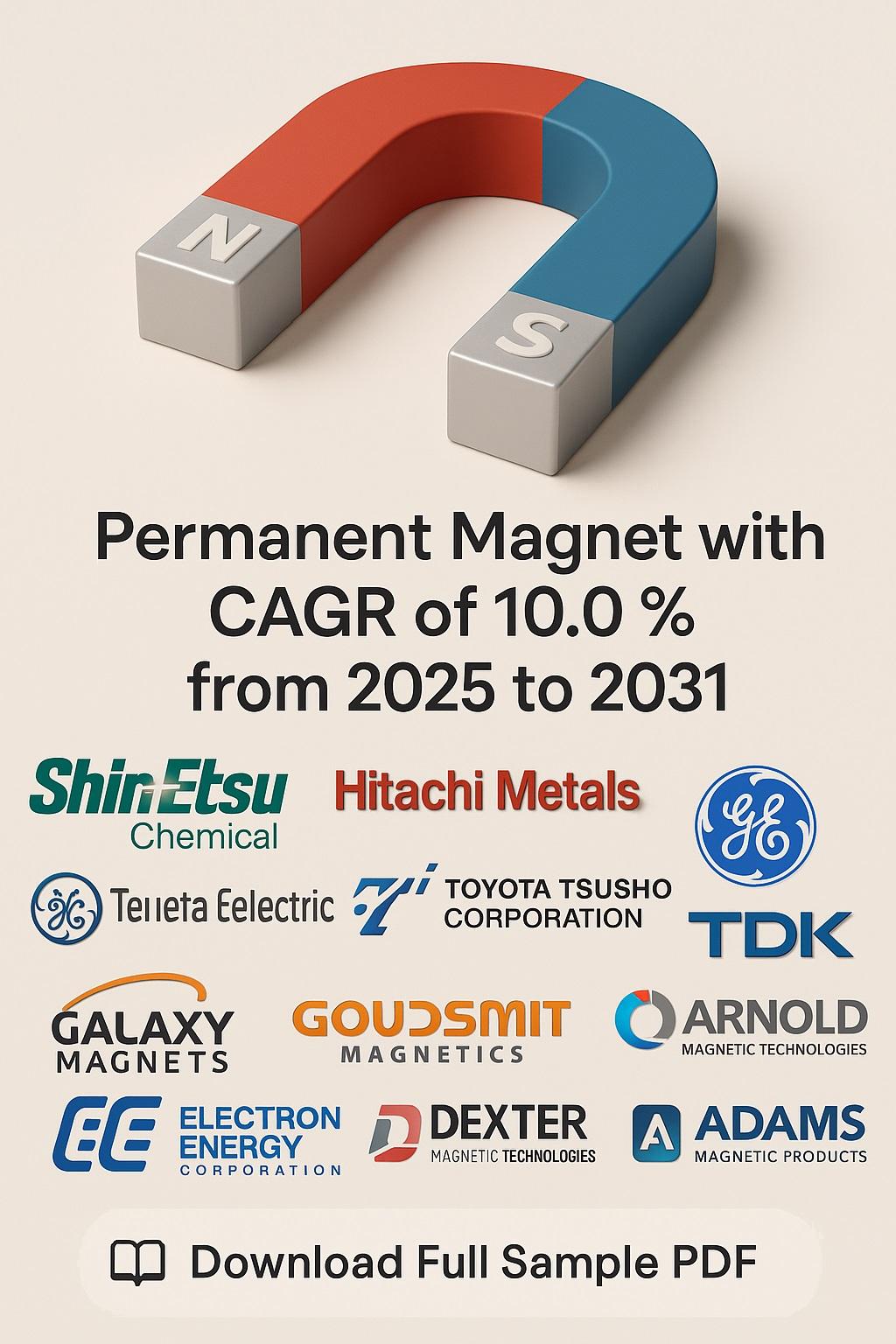This advanced blanking line features a press capacity of 800mm and a generous working area of 5,200×2,750mm, allowing it to handle large-format sheets with outstanding stability and accuracy. It accommodates sheet widths from 300 to 2,080mm and lengths from 300 to 4,300mm, providing manufacturers with the flexibility to process a wide variety of component sizes. The thickness range of 0.5–3.0mm ensures the line can handle lightweight aluminum panels for modern electric vehicles as well as heavier steel sheets for structural parts.
https://sumikura.jp/blanking-lines-2.html
One of the standout capabilities of the Automotive Blanking Line is its high speed of 65 strokes per minute (SPM). The system combines rapid production with precise blanking, ensuring minimal material waste and consistent output quality. Advanced servo-controlled feeding and positioning mechanisms guarantee accurate sheet alignment for every stroke, supporting downstream operations such as stamping, welding, and assembly with consistently high-quality blanks.
The line is equipped with a dual Magnetic & Vacuum stacking system, enabling automated and accurate stacking of blanks. This system ensures proper alignment and prevents surface damage, reducing manual labor while improving safety and efficiency. It allows continuous high-speed operation without interruption, making it well-suited for large-scale automotive production environments.
Intelligent automation and a user-friendly control interface further enhance the system’s performance. Operators can monitor production in real-time, adjust parameters quickly, and perform fast material or sheet size changeovers. Built for durability, the blanking line ensures low maintenance requirements and long-term reliability in demanding industrial conditions.
Energy-efficient drives and optimized motion control reduce operational costs while supporting sustainable manufacturing practices.
Combining speed, accuracy, and adaptability, the Automotive Blanking Line is the ideal solution for automotive OEMs and suppliers seeking to boost production efficiency, minimize waste, and maintain high-quality standards. By delivering reliable, high-quality blanks, it helps manufacturers meet the evolving demands of the global automotive market while remaining competitive and efficient in today’s fast-paced production environment.
https://sumikura.jp/blanking-lines-2.html
One of the standout capabilities of the Automotive Blanking Line is its high speed of 65 strokes per minute (SPM). The system combines rapid production with precise blanking, ensuring minimal material waste and consistent output quality. Advanced servo-controlled feeding and positioning mechanisms guarantee accurate sheet alignment for every stroke, supporting downstream operations such as stamping, welding, and assembly with consistently high-quality blanks.
The line is equipped with a dual Magnetic & Vacuum stacking system, enabling automated and accurate stacking of blanks. This system ensures proper alignment and prevents surface damage, reducing manual labor while improving safety and efficiency. It allows continuous high-speed operation without interruption, making it well-suited for large-scale automotive production environments.
Intelligent automation and a user-friendly control interface further enhance the system’s performance. Operators can monitor production in real-time, adjust parameters quickly, and perform fast material or sheet size changeovers. Built for durability, the blanking line ensures low maintenance requirements and long-term reliability in demanding industrial conditions.
Energy-efficient drives and optimized motion control reduce operational costs while supporting sustainable manufacturing practices.
Combining speed, accuracy, and adaptability, the Automotive Blanking Line is the ideal solution for automotive OEMs and suppliers seeking to boost production efficiency, minimize waste, and maintain high-quality standards. By delivering reliable, high-quality blanks, it helps manufacturers meet the evolving demands of the global automotive market while remaining competitive and efficient in today’s fast-paced production environment.
This advanced blanking line features a press capacity of 800mm and a generous working area of 5,200×2,750mm, allowing it to handle large-format sheets with outstanding stability and accuracy. It accommodates sheet widths from 300 to 2,080mm and lengths from 300 to 4,300mm, providing manufacturers with the flexibility to process a wide variety of component sizes. The thickness range of 0.5–3.0mm ensures the line can handle lightweight aluminum panels for modern electric vehicles as well as heavier steel sheets for structural parts.
https://sumikura.jp/blanking-lines-2.html
One of the standout capabilities of the Automotive Blanking Line is its high speed of 65 strokes per minute (SPM). The system combines rapid production with precise blanking, ensuring minimal material waste and consistent output quality. Advanced servo-controlled feeding and positioning mechanisms guarantee accurate sheet alignment for every stroke, supporting downstream operations such as stamping, welding, and assembly with consistently high-quality blanks.
The line is equipped with a dual Magnetic & Vacuum stacking system, enabling automated and accurate stacking of blanks. This system ensures proper alignment and prevents surface damage, reducing manual labor while improving safety and efficiency. It allows continuous high-speed operation without interruption, making it well-suited for large-scale automotive production environments.
Intelligent automation and a user-friendly control interface further enhance the system’s performance. Operators can monitor production in real-time, adjust parameters quickly, and perform fast material or sheet size changeovers. Built for durability, the blanking line ensures low maintenance requirements and long-term reliability in demanding industrial conditions.
Energy-efficient drives and optimized motion control reduce operational costs while supporting sustainable manufacturing practices.
Combining speed, accuracy, and adaptability, the Automotive Blanking Line is the ideal solution for automotive OEMs and suppliers seeking to boost production efficiency, minimize waste, and maintain high-quality standards. By delivering reliable, high-quality blanks, it helps manufacturers meet the evolving demands of the global automotive market while remaining competitive and efficient in today’s fast-paced production environment.
0 Hozzászólás
0 Megosztás
1652 Nézettség



